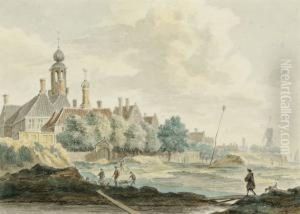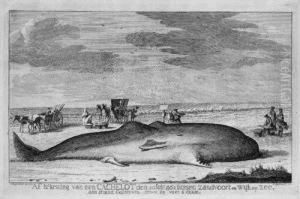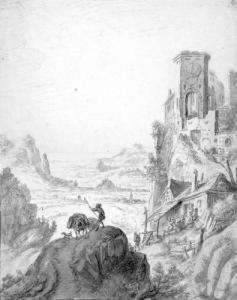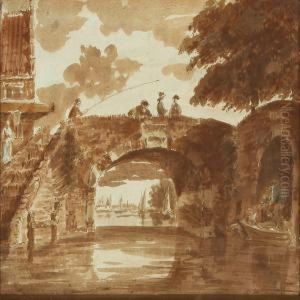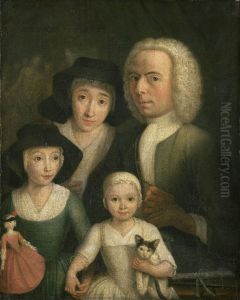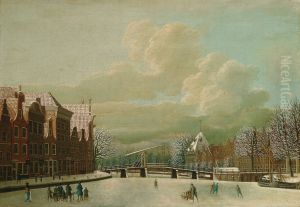Hendrik Spilman Paintings
Hendrik Spilman was a Dutch artist, engraver, and draftsman born in 1721 in Haarlem, Netherlands. His full name was Hendrik Jansz Spilman, and he was the son of Jan Spilman, a silversmith, and his wife, Elisabeth Merk. Hendrik initially apprenticed under his father before deciding to pursue a career in the arts. He was primarily known for his landscapes and topographical views which reflected the Dutch countryside and cityscapes of the 18th century.
Spilman's works were characterized by their detailed representation of various settings, from bustling town squares to serene pastoral scenes. He contributed to the popularization of landscape prints at the time, which were keenly collected by a growing middle class in the Netherlands and beyond. Besides his original creations, he also reproduced works of other artists and was involved in publishing; his engravings appeared in several books, including collections of views of Dutch estates and castles.
He was part of the later period of the Dutch Golden Age, which saw a continuation of the tradition of landscape and genre painting. While not as widely renowned as some of his contemporaries, Spilman's work provided a valuable visual record of the Dutch environment and architecture of the 18th century. His engravings, often done after paintings by other artists, were widely distributed and contributed to his moderate success during his lifetime.
Hendrik Spilman died in 1784, leaving behind a body of work that continues to be of interest to historians and collectors interested in Dutch topographical art. His contributions to the field of printmaking and his dedication to capturing the essence of Dutch landscapes ensure that he remains a noted figure within the realm of Dutch art history.
